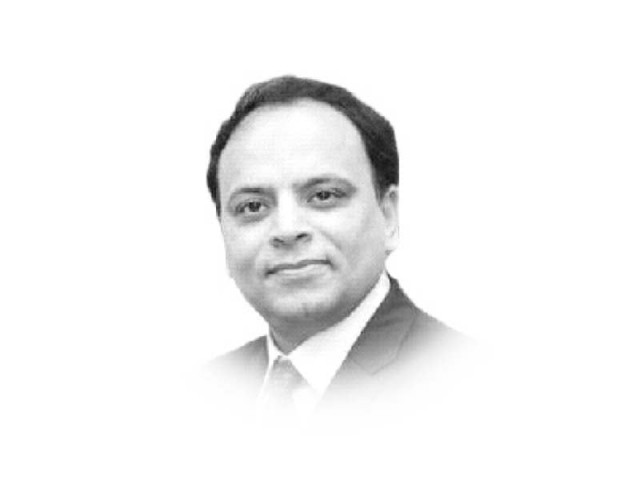Geological parks: a catalyst for economic growth
Pakistan has the advantage of being a central point in the world’s geological history

The PM has recently announced the establishment of two new high altitude national parks in Gilgit-Baltistan. However, the geological history of the areas adjoining these parks and their hidden potential to aggrandise Pakistan’s economic growth remain highly under-investigated. Economic growth is not necessarily created by fixed parameters of growth in developing countries. Rather, it needs to be sustainable based on demand-led policy advice and innovative ideas. In July 2020, the International Growth Centre published a book, A Little Book of Growth Ideas. It presents different ideas of economic growth construing diverse themes. In Pakistan’s context, ‘geological heritage’ is a main theme that could kick-start new vistas for economic growth.
Pakistan has the advantage of being a central point in the world’s geological history. The Kohistan terrane was an island arc like Japan before the Indian plate collided with the Eurasian plate around 50 million years (myr) ago. This precious geological asset remains arcane so far. Similarly, the presence of pervasive marine fossils near Mianwali shows they were once part of an ancient sea. Acknowledging Pakistan’s crucial geotectonic significance, in 1995, the Swiss Federal Institute of Technology arranged a training course at the Institute of Geology, Punjab University, which I had the privilege to attend. Supervised by Prof Jean-Pierre Burg and Dr David Spencer, the course highlighted how India, on the same plate as Madagascar some 115 myr ago, rifted from Antarctica and Africa and drifted towards Eurasia. As far as Pakistan-related post-collisional tectonics is concerned, one can trace Trans-Himalayan batholith showing complex suture splits into two didactic strands. One is the Main Mantle Thrust and other bounds the Kohistan terrane. This split is itself a geological anomaly. It shows that Kohistan terrane has a separate geological history to India or the Asian continental mass. If these factors are commercially highlighted, a large number of geologists and connoisseurs can be attracted from all over the world. The establishment of Kohistan National Geological Park, therefore, becomes a demand-led policy advice.
The Salt Range is another area of extraordinary geological significance in Pakistan. A geological appraisal from north to south of the suture zone to the foreland on the Punjab plains shows alluvial sediments called Siwaliks. Unusually deep thrusting has infiltrated far into the foreland basin to abruptly uplift the Salt Range. According to a Geological Survey of Pakistan report, the Salt Range is unique because it showcases a diverse variety of geological features and paleontological remains. This hidden treasure needs to be formally organised by establishing the Salt Range National Geological Museum.
The Chaman fault zone is another area of geotectonic anomalies in Pakistan. It runs down much of the Afghanistan-Pakistan border. This zone consists of long fault strands linking the Himalayan ranges to a zone of oceanic ‘subduction’ in the Makran region. The geotectonic features of this area are poorly understood because of difficulties in carrying out fieldwork. These justify the establishment of Makran National Geological Park as another demand-led policy advice.
In terms of economics, Pakistan has a comparative advantage in geological heritage. The same needs to be highlighted internationally. There are research funds available with international geological organisations and universities for research projects. These necessarily require fieldwork of the area which will boost the region’s economic activity and tourism and provide disparate data for mineral discoveries. The establishment of geological parks may transform Pakistan into an international geotectonic research center and act as a catalyst for economic growth in the short and long run.
Published in The Express Tribune, January 3rd, 2021.
Like Opinion & Editorial on Facebook, follow @ETOpEd on Twitter to receive all updates on all our daily pieces.















COMMENTS
Comments are moderated and generally will be posted if they are on-topic and not abusive.
For more information, please see our Comments FAQ